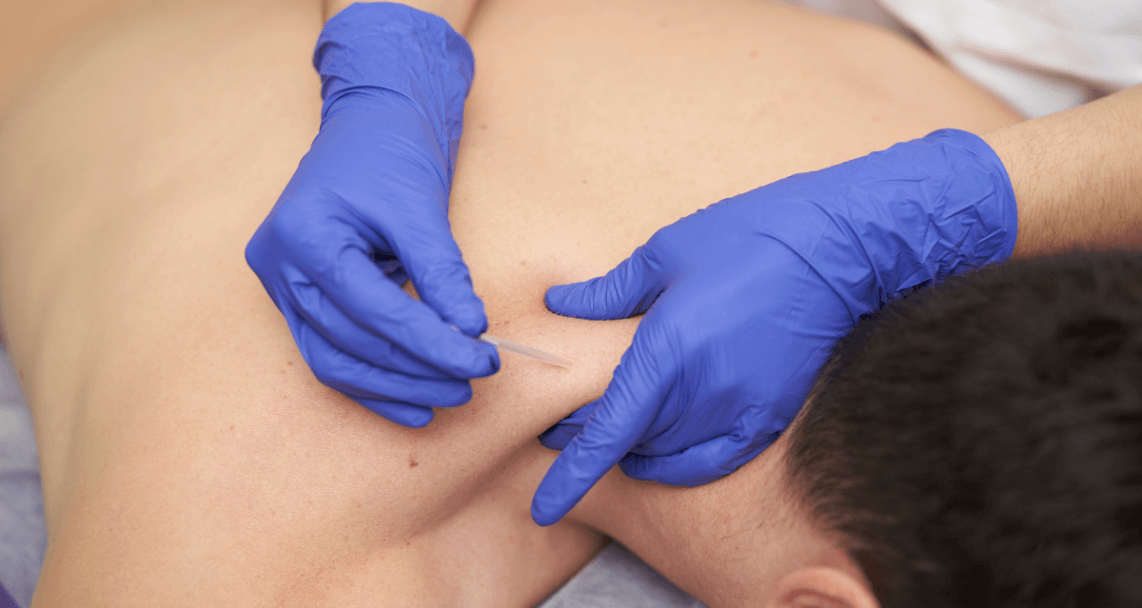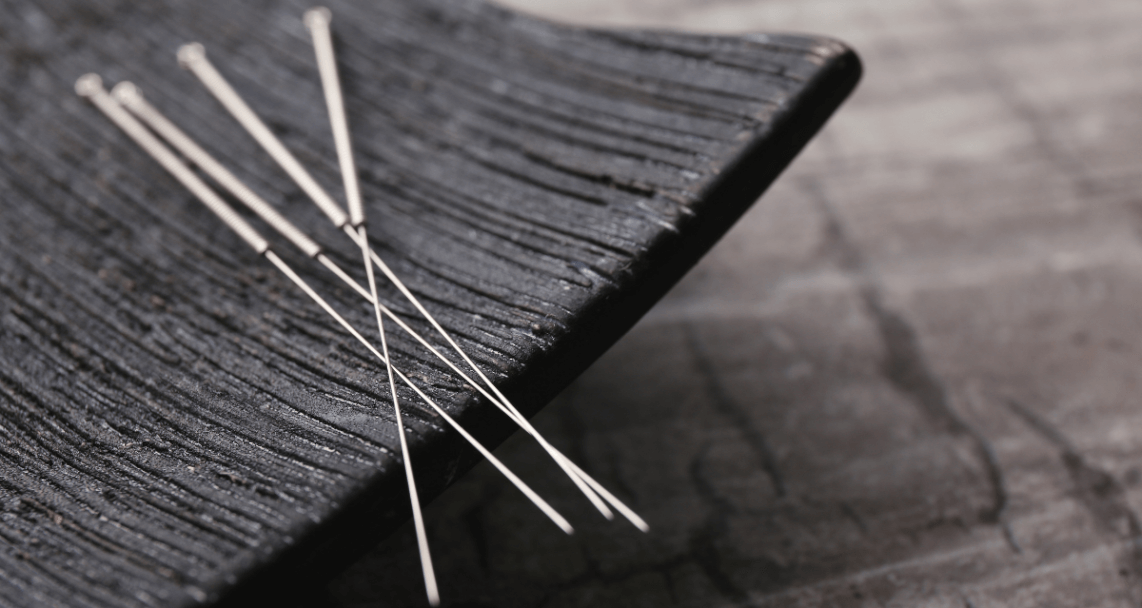Dry needling involves the insertion of sterile, thin needles into myofascial trigger points – hyper-irritable spots within a muscle. These needles stimulate the underlying muscle tissue, leading to pain relief and improved function.
How Dry Needling Differs from Acupuncture
While both involve needles, dry needling and acupuncture are worlds apart. Dry needling is grounded in Western medicine and targets specific muscle groups based on physical diagnoses. Acupuncture, on the other hand, is rooted in Traditional Chinese Medicine, focusing on restoring the body’s energy flow through meridian points.
Dry needling has its origins in the 1940s, when Dr. Janet Travell began using injections to treat myofascial pain. Over time, the practice evolved to use "dry" needles without injectables, gaining popularity for its effectiveness in pain management.
Today, dry needling is a staple in physiotherapy practices worldwide. Its integration into modern physiotherapy is backed by extensive research and positive patient outcomes, making it a go-to option for various musculoskeletal issues.
The Science Behind Dry Needling
Dry needling works by creating a micro-lesion within the tissue, stimulating the body's natural healing process. This leads to increased blood flow, reduced muscle tightness, and the release of endorphins.









